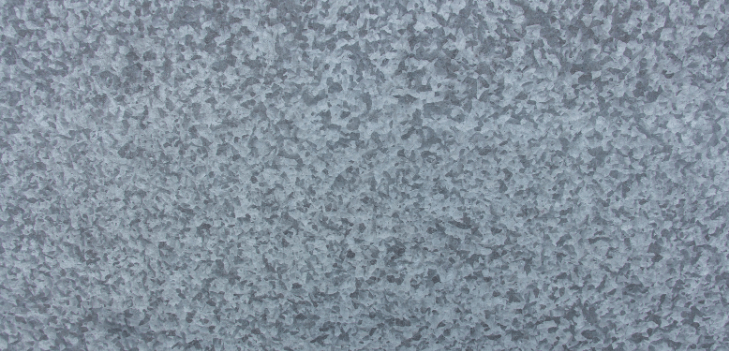We all know the rule of thumb when it comes to purchasing goods: the better the quality, the more it will cost. And it is no different when it comes to steel and corrosion protection. That is where galvanization comes into play. Galvanized steel will always be more costly than unprotected mild steel. But, with that price increase comes higher quality and longer-lasting material. Once you see past the price, comes the process of galvanization it undergoes and what style best fits your needs. As each zinc coating process is a bit different, here are the ways that make them distinct.
4 Methods of Galvanization
1. Hot Dip Galvanizing
If you’re looking for the most popular and trusted method of galvanization, look no further than hot-dip galvanizing (HDG). The reason this process of galvanization has been adopted as the go-to style is because of the guaranteed coverage of the zinc coating. In HDG, steel structures are immersed in molten zinc. This allows for the zinc to cover all nooks and crannies of the steel. Areas like edges, seals, corners, and seams are provided complete protection. These areas are usually thinner in other galvanization processes and more prone to corrosion. For this reason, larger steel items like plates or beams are most often associated with HDG. This method in totality is the best for steel structures, large and small. It offers the best zinc coating thickness proportional to the structure with not much room for error.
2. Thermal Spray (or Metallising)
Now, if you’re not concerned with price and want the thickest coating of zinc possible, thermal spraying (or metallising) is the method you are searching for. In this method, the steel is exposed to semi-molten zinc. It’s in the form of a powder or wire that is heated by plasma heat or a flame to activate it. In comparison to HDG, the zinc is not immersed in the thermal spraying method; however, it still requires more preparation for the application of zinc.
If a steel structure is to undergo thermal spraying, it must be sandblasted and applied manually or by machinery. If the steel is not prepared properly, it is more susceptible to errors as the surface is getting such a thick coat of zinc applied to it. The possibility of it not binding to the steel in light of poor preparation usually leads to thermal spraying and HDG being complementary processes for larger projects. Overall, if you are looking towards thermal spraying, remember that it usually is the most expensive process due to the thicker zinc coatings but can protect your steel the longest.
3. Electroplating
If you’re on a budget, electroplating is your best option. Optimal for smaller steel components such as fasteners with fine threads, the application of zinc tends to be light as it provides minimal protection. That being the case, it is not recommended to put any steel that undergoes this process outdoors or where it will be exposed to a high corrosion area. Another method, named mechanical plating, is similar to electroplating. This method is an “electroless” plating method using mechanical energy and heat. It provides similar results in terms of zinc coating thickness and resistance against corrosion. So if you ever go to get your steel galvanized, know that electroplating and mechanical plating are one and the same for similar results.
4. Zinc-rich Paints
If you’re in a time crunch, zinc-rich paints may be your best option. Painting on zinc is ideal for on-the-job galvanization or patching up existing steel. It’s popular for repair jobs on damaged or worn galvanized coatings. It’s a quick and comparatively inexpensive solution to providing protection against corrosion. While zinc-rich paints are ideal for smaller-sized projects, they can be applied to any sized surface. It will just need to be prepared properly by sandblasting the area that will be painted to its bare steel. The paint can be applied by brush or spray – both effective methods.
As we have learned, the thickness of the zinc coating is proportional to the durability of the steel against corrosion. However, the thickness of the coating is also proportional to the cost. Now that you know some of the most popular galvanization processes, look at your next project and the steel you will utilize to determine what best fits your budget and your needs.
Visit Tampa Steel & Supply for Galvanized Steel
Are you in need of steel supplies? Look no further than the professionals at Tampa Steel & Supply. We stock an extensive list of steel products for whatever project you need to tackle. We’re proud to have served our customers for nearly four decades and are ready to assist you with your steel needs. Have questions? Give us a call today to learn more, or stop by our beautiful Tampa showroom.
Request a Quote Online
Or Call Tampa Steel & Supply at (813) 241-2801

